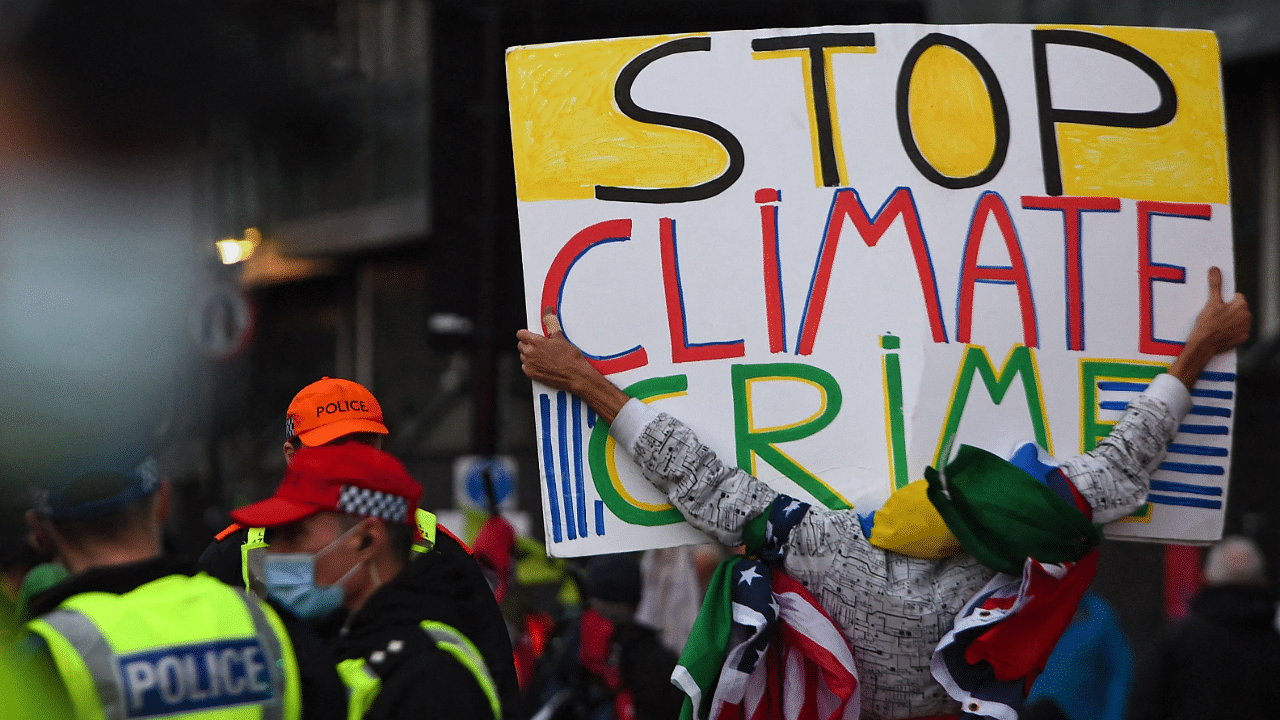
A warming of the planet by 1.1°C due to human-induced climate change is being reported. Today, we are dealing with the consequences of higher temperatures, erratic and unpredictable rainfall, intense storms, and sea-level rise. To rein in temperature rise, rapid cuts in greenhouse gas (GHG) emissions are essential, as are making significant investments to protect ecosystems and communities from severe impacts that will worsen over time. Yet, the ongoing efforts to reduce GHG emissions, build resilience, and promote adaptation are not enough to tackle the speed and scale at which climate impacts natural and socio-economic systems – meaning, losses and damages from climate change are inevitable.
There is no precise definition for “loss and damage”. It is a general term used in the UN climate negotiations to refer to “the consequences of climate change that go beyond what people can adapt to, or when options exist but a community does not have the resources to access them”. It is generally understood to encompass losses and damages resulting from slow-onset changes -- desertification, land degradation, sea-level rise, glacial retreat, etc., --and extreme weather events such as cyclones, floods, droughts, and heatwaves. These damages could at times lead to transformational changes -- like sea-level rise encroaching on low-lying islands, or droughts and extended dry spells leading to productive farmlands being abandoned.
While some of the losses are economic, there are many non-economic losses, too. Economic losses or damages are those that impact marketable goods and services or resources. For instance, the damage to crops in about 11 Mha across 14 states due to unseasonal rains in February 2015, or the adverse impact on wheat crops in the states of Punjab, UP and Haryana, where farmers have reported losses of 20-60%, and a disruption of power supply with demand spiking as a result of the heatwave in states like Punjab in March 2022.
Non-economic losses go undocumented but are far more devastating, such as the loss of lives, livelihoods, climate change-induced migration, health impacts, mental trauma, and loss of biodiversity. An estimate of residual damages from climate impacts in developing countries pins it at $1.2 trillion by 2050, with economic costs being $116-435 billion in 2020.
The Paris agreement in 2015 included clauses to address “loss and damage” but did not allude to liability and redressal. Loss and damage elude negotiations and concrete decisions primarily because developed countries fear that compensation would be construed as an admission of liability, binding them to settle claims from developing countries. While there is fund flow from developed countries for mitigation through market mechanisms, adaptation is essentially a domestic issue, and there is no mechanism to deal with loss and damage resulting from climate catastrophe.
The only way to resolve this is by clearly defining loss and damage and then establishing a mechanism for fund flow from developed to developing countries. Further, developing countries will have to identify ways in which communities would receive them -- for instance, weather-indexed crop insurance or social protection mechanisms.
At the Conference of Parties (COP26) in Glasgow, the momentum for providing funding to address loss and damage gained steam. Scotland and Belgium set aside $2.6 million and $1.1 million, respectively, to compensate for loss and damage. Likewise, some philanthropies offered to contribute $3 million as start-up assistance to support the objectives of the Glasgow Loss and Damage Facility.
The Bonn Climate Change Conference earlier this month saw countries debate mitigation, adaptation, and support to developing countries. The impact of financial losses and physical damage due to climate change -- loss and damage, and climate finance -- was also discussed, highlighting it as an emerging critical issue for developing countries. It is expected that a loss and damage mechanism will be formulated and agreed upon at the COP27 summit in Egypt later this year. Until then, governments will have to formulate strategies to reduce emissions; implement comprehensive approaches for risk management that are aligned to sustainability; manage risks across spatial and temporal scales; and build on traditional knowledge, expertise, and values of varied stakeholders, including the private sector. Developing insurance and social protection measures for covering climate risks; strengthening climate and disaster risk finance to facilitate enhanced access to vulnerable regions and communities; and establishing coherence across national and international policies on climate and sustainable development are also imperative to help protect lives, livelihoods, and reduce loss and damage.
Finally, creating a financial landscape that is at scale and supports efforts to address current impacts and projected risks of loss and damage is needed. Improved access to finance will reduce the transaction costs to decrease future risks and help align international finance with national circumstances, priorities, and needs.
(The writer heads the Climate, Environment and Sustainability team at the Center for Study of Science, Technology and Policy)